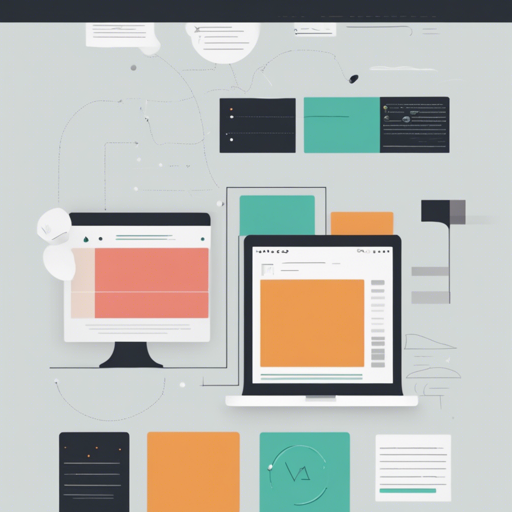In today’s web development landscape, the popularity of CSS frameworks like Bootstrap can often lead developers to blindly adopt them for every project. But before you pack your toolkit with frameworks, let’s explore the reasons why, especially for smaller websites or applications, you might not need them at all.
When You Need It, When You Don’t
Although Bootstrap has undoubtedly swept the web design community by storm, becoming the most widely used CSS framework, it’s essential to understand that its widespread use doesn’t automatically mean it is the right choice for every project. Sometimes, using a CSS framework can be similar to reaching for a hammer when a simple screwdriver is all you need.
Understanding the Data: How Big Is Too Big?
Let’s talk numbers. When you look at the minified versions of some popular frameworks:
- Bootstrap v4: 160 KB CSS + 60 KB JS + 71 KB jQuery + 21 KB Popper.js = 312 KB
- Materialize: 142 KB CSS + 181 KB JS = 323 KB
- Foundation: 145 KB CSS + 503 KB JS + 272 KB jQuery = 916 KB
Now, you might think, “What’s the big deal?” But here’s the kicker: a well-structured small project typically requires around 200 lines of CSS or less at around 5 KB. This efficient size guarantees rapid loading times, even on slower connections, compared to the 45 seconds Bootstrap can take. Getting the right tool for the right job is vital!
The Art of Craftsmanship
Crafting a website isn’t just about functionality; it’s also about pride in your work. Using a framework can sometimes feel like a shortcut that detracts from that sense of craftsmanship. Building from the ground up allows for deep customization, letting you control every pixel and style, ensuring intentional design—in short, a hand-crafted website makes sharing your passion even more rewarding.
What You’ll Always Need
- Normalize.css: Ensures consistency across browsers by standardizing CSS styles.
- Box-sizing: This setting helps manage how elements are sized and prevents unexpected behavior.
- Body Styles: Setting body styles is crucial as it establishes the default aesthetics for your entire website. Aim for a light gray background to avoid stark contrasts and ensure readability.
body {
font-family: -apple-system, BlinkMacSystemFont, Segoe UI, Roboto, Helvetica Neue, Arial, sans-serif;
background-color: #fafafa;
margin: 0;
-webkit-text-size-adjust: 100%;
font-size: 1rem;
line-height: 1.15;
}Picture this code as setting the foundation of a house. Just like a solid foundation supports the entire structure, your body styles ensure that everything on your website aligns well and looks cohesive.
Common Elements You Might Often Want
Beyond basic styling, you often need:
- Buttons: Personalized button styles can enhance user engagement.
- Forms: Custom form styles can lead to better user experiences and facilitate interactions.
- Flexible Layouts: Simple, intuitive structures like Flexbox make alignment and distribution of elements easy and fun.
Flexbox: Your New Best Friend
Flexbox provides a straightforward and efficient way to create layouts. Its properties are designed to optimize the alignments of child elements, making your life infinitely easier. Embracing Flexbox can dramatically reduce layout issues, especially those dreaded scenarios of centering elements smoothly.
.flex-container {
display: flex;
justify-content: center;
align-items: center;
}Think of Flexbox as a magician for your layout needs, effortlessly arranging items in predictable and manageable ways.
Troubleshooting: Common Issues
While working on your project, you might run into some common hiccups:
- Elements not appearing as expected? Double-check your CSS specificity and ensure you’re targeting the right elements.
- Slow page loads? Use developer tools to analyze your loading times and optimize any cumbersome CSS or JS.
For more insights, updates, or to collaborate on AI development projects, stay connected with **fxis.ai**.
At **fxis.ai**, we believe that such advancements are crucial for the future of AI, as they enable more comprehensive and effective solutions. Our team is continually exploring new methodologies to push the envelope in artificial intelligence, ensuring that our clients benefit from the latest technological innovations.

